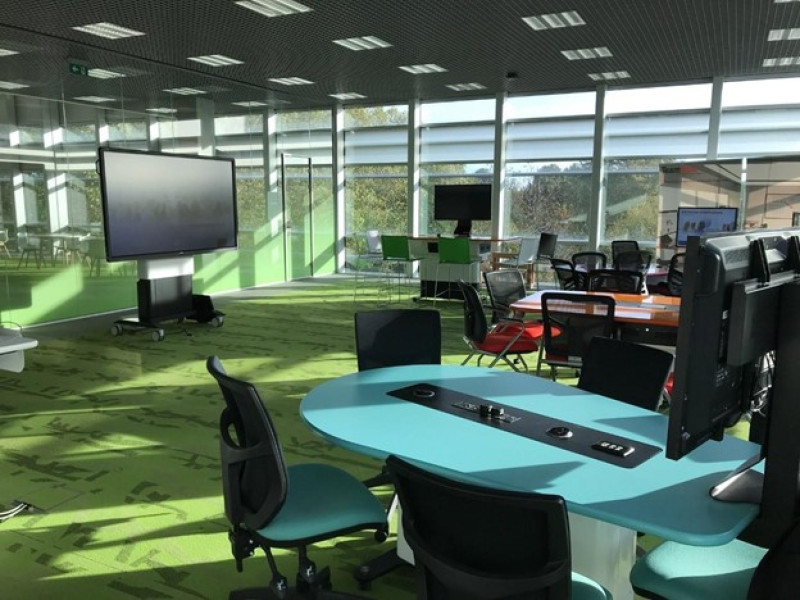Learning spaces properly support activational education and help students develop 21st century skills. The physical spaces offer extensive didactic opportunities, stimulate learning processes and are in some cases rich in technology. But how do you develop learning spaces? How do you ensure that they are used to their full potential?
Stakeholders
The planning, development, maintenance and evaluation of learning spaces is a complex process involving various stakeholders inside and outside an institution. In order to clarify the playing field of stakeholders, you can make a distinction between different groups of stakeholders.
You can map out your stakeholders by performing a stakeholder analysis. The SIG Learning Spaces has produced the publication Stakeholder analysis (PDF, in Dutch) for this purpose. This publication is based on the following classifications.
Primary and secondary stakeholders
Primary stakeholders are directly involved in the project and contribute to the result. These include the project team and the client or teachers and students, as well as suppliers.
Secondary stakeholders are further removed from the project, but do have an interest. Despite a greater distance, there is still involvement. Examples are the media and government institutions, but also other users of a building or local residents.
Internal, external and interface stakeholders
A second way to classify stakeholders is in the groups internal, external and interface. These are players within or outside their own organisation who are directly involved in the project and stakeholders who are not directly involved in the project but still exert influence.
- Internal stakeholders are part of the organisation or the project team, such as teachers and managers. Also consider the central and decentralised levels.
- External stakeholders are parties that are involved in the project but are not part of the organisation. Think of suppliers and the professional field.
- Interface stakeholders influence the organisation, but have no direct interest. Examples are legislation and regulations or trade unions.
Micro, meso and macro level
You can also do a stakeholder analysis with a micro, meso and macro analysis. If it concerns the revision of a single educational area, you operate at micro level. This involves other stakeholders than when it comes to developing a new building. In that case, you operate at the meso or sometimes even the macro level.
- Micro level: students, teaching staff, staff.
- Meso level: bodies, institutes, managers, bodies, partners.
- Macro level: policy makers, government, boards, trade unions.
Read more about stakeholder analysis
The SIG's publication Stakeholder Analysis (PDF, in Dutch) provides guidance for mapping initial stakeholders. Use them as a tool to achieve your goal: involving the right stakeholders in the right way and at the right time. No method is better than another. Therefore, always check within your institution which method appeals most to you. Note that there is no holy grail; the different classifications and methodologies are only approximations of the broad playing field.
Once you have a better idea of which stakeholders play a role in the realisation process of learning spaces, you can draw up a communication plan. This plan will allow you to communicate more effectively with the stakeholders, which is a mixed group. In this way you put everyone in their power and take away any resistance.
